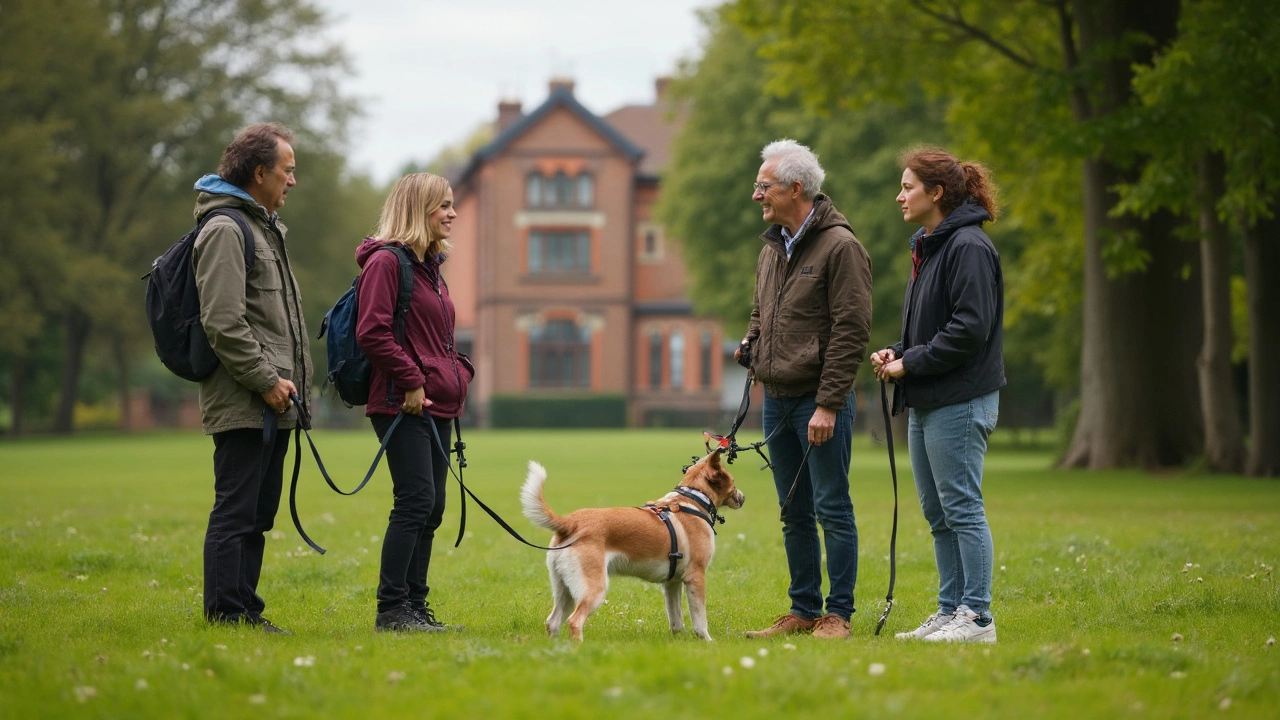Dog Welfare: Simple Tips for a Happy, Healthy Pup
Keeping a dog feeling good isn’t rocket science, but it does need a few everyday habits. From the food you pick to the way you handle barking, each choice adds up. Below you’ll find straight‑forward advice you can start using today, no fancy gear required.
Everyday Care Basics
First off, nutrition is the foundation of welfare. Choose treats that list real meat, veggies, or fruit first – that’s how you know you’re feeding quality. If you’re curious about a brand, check the ingredient list for added sugars or fillers. When you’re unsure, look for independent reviews or ask your vet for a quick opinion.
How often you feed matters, too. Most dogs do well on two meals a day; it keeps energy steady and helps control weight. Some owners wonder if once‑a‑day feeding works – it can for a few adult dogs, but puppies and high‑energy breeds usually need more frequent meals. A simple trick is to split the daily portion into morning and evening servings.
Barking can strain both you and your dog. Before you reach for a loud collar, think about the cause. Is your pup bored, anxious, or reacting to outside noise? Adding a short training session to teach “quiet” and providing puzzle toys often calms the urge to bark. If you need a tool, choose a humane vibration or tone‑based collar instead of a shock device.
Walking sounds like a no‑brainer, but every walk carries hidden risks. Pick safe routes, keep your dog on a sturdy leash, and watch for broken glass or hot pavement. If you hire a dog walker, ask about their experience with your breed and how they handle emergencies. A quick safety check before each outing can prevent injuries and keep the walk enjoyable.
Safety & Health Checks
Vaccinations are a core part of welfare. Most vets recommend core shots (distemper, parvovirus, hepatitis) every three years after the initial series. Keep a record and set reminders so you never miss a booster. If you travel, ask about any extra vaccines needed for the destination.
Grooming goes beyond looking good. Regular baths with a mild dog shampoo keep skin healthy, but you don’t always need a full bath before a grooming session. A quick brush to remove tangles and a wipe down of paws usually does the trick. If you use a collar at night, make sure it’s comfortable and not too tight – many owners remove it while the dog sleeps to avoid irritation.
Sleep habits affect welfare more than you might think. Dogs often enjoy sleeping near their favorite human, but a dedicated dog bed in a quiet corner helps them rest without disturbing you. If your pup whines at night, check the temperature, make sure the bed is cozy, and consider a calming chew toy.
Finally, keep an eye on your dog’s senses. Their nose can detect you from miles away, and a strong scent can be a sign of good health. If you notice a sudden change in smell or appetite, it could hint at an underlying issue. A quick vet visit can catch problems early.
Dog welfare is a collection of small, consistent actions. Feed right, train kindly, walk safely, vaccinate on schedule, and give your pup a comfy place to rest. Follow these tips and you’ll see your dog thriving – and you’ll enjoy every wag along the way.

Prong Collars: Why Do So Many Dog Owners Hate Them?
Prong collars spark heated debates among dog owners and trainers. Some see them as useful training tools, while others call them harmful and outdated. This article looks at why prong collars are so controversial, what science and trainers say, and what alternatives exist. You'll get honest facts and tips to help you decide what's best for your dog. Expect real talk and actionable info.
View more